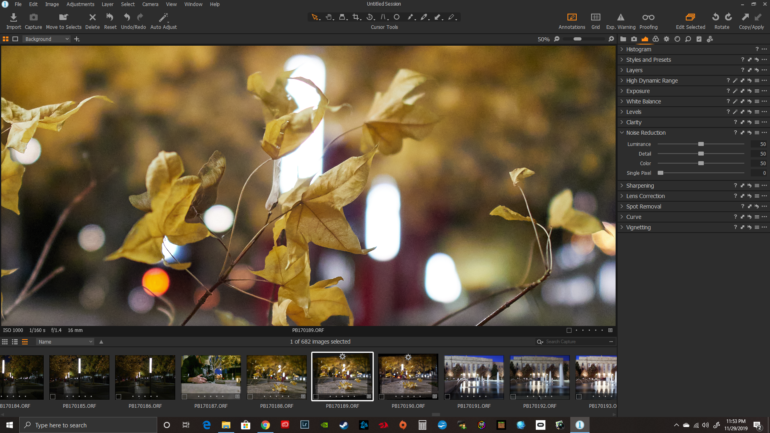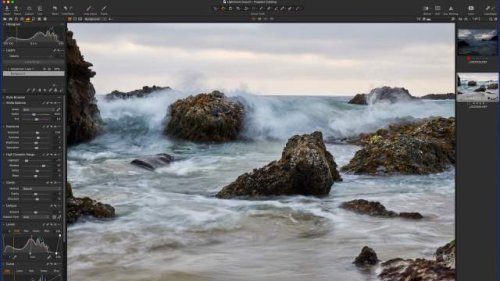

Amer, “ Novel optical approach to atomic force microscopy,” Appl. It is capable of measuring displacement with a resolution of up to 10 −4 Å. Greve, “ A detailed analysis of the optical beam deflection technique for use in atomic force microscopy,” J. Optical Beam Deflection (OBD) is the conventional method of measuring cantilever deflection in AFM. High-precision deflection sensing is needed to achieve a high imaging resolution. Moheimani, “ Control techniques for increasing the scan speed and minimizing image artifacts in tapping-mode atomic force microscopy: Toward video-rate nanoscale imaging,” IEEE Control Syst. Thus, the control effort can be interpreted as the surface topography. A controller regulates the cantilever amplitude of oscillation. The sample’s topographic features alter the tip–sample force, leading to a change in the resonance frequency and consequently changing the oscillation amplitude. The cantilever is actuated close to its first resonance frequency, and while oscillating, the tip strikes the sample once per cycle with a preset amplitude.

Fleming, “ Improving the scan rate and image quality in tapping mode atomic force microscopy with piezoelectric shunt control,” in 2011 Australian Control Conference ( IEEE, 2011), pp. This technique has been demonstrated and studied by many researchers see Refs. In tapping mode AFM, the most common AFM method, a vibrating cantilever is scanned over a surface to capture the topographic features of the sample. Güntherodt ( Springer, Berlin, Heidelberg, 1995), pp. Heinzelmann, “ Scanning force microscopy (SFM),” in Scanning Tunneling Microscopy II: Further Applications and Related Scanning Techniques, edited by R. all being Scanning Probe Microscopy (SPM) based methods.Ī key application for microcantilevers is in the atomic force microscope, a major tool for surface topography imaging with nano-scale resolution. Binnig, “ The ‘millipede’-nanotechnology entering data storage,” IEEE Trans. and probe-based data storage systems, 4 4. Selci, Nanolithography: A Borderland between STM, EB, IB, and X-Ray Lithographies ( Springer Science & Business Media, 2013), Vol. Rohrer, “ Scanning tunneling microscopy,” Surf. Scanning Tunneling Microscopy (STM), 2 2. Gerber, “ Atomic force microscope,” Phys. They play a critical role in applications, such as Atomic Force Microscopy (AFM), 1 1. Microcantilevers are among such structures. Recent progress in micro-machining technology has enabled the fabrication of electromechanical structures with micro-scale features and remarkable precision. Measuring the Lorentzian response of the cantilever’s Brownian motion with the on-chip active sensor at resonance enables us to calibrate the dynamic stiffness at the first fundamental resonance mode, without utilizing an optical sensor. We present a high signal-to-noise ratio (SNR) sensing method that enables us to demonstrate high-resolution AFM on a calibration grating with nm-step silicon carbide (SiC) terraces. We reported these cantilevers in earlier work and demonstrated that they display a very low level of feedthrough between the actuation and sensing electrodes. Here, we investigate the noise sources that affect AFM microcantilevers with collocated aluminum nitride (AlN) actuator–sensor pairs.

Readout circuit noise further deteriorates the imaging precision.

However, the adjacency of the sensing and actuation electrodes is known to result in a high level of feedthrough, leading to a low imaging resolution. Collocated transduction allows for effective manipulation of cantilever dynamics through feedback control, enabling higher scan rates. Active microcantilevers with on-chip sensing and actuation provide significant advantages in tapping mode Atomic Force Microscopy (AFM).


 0 kommentar(er)
0 kommentar(er)
